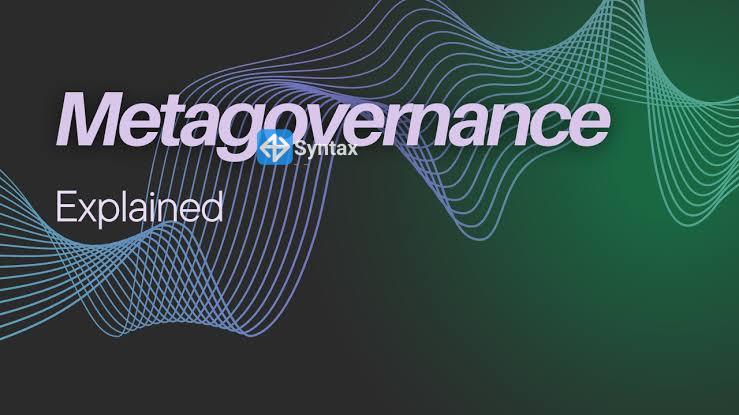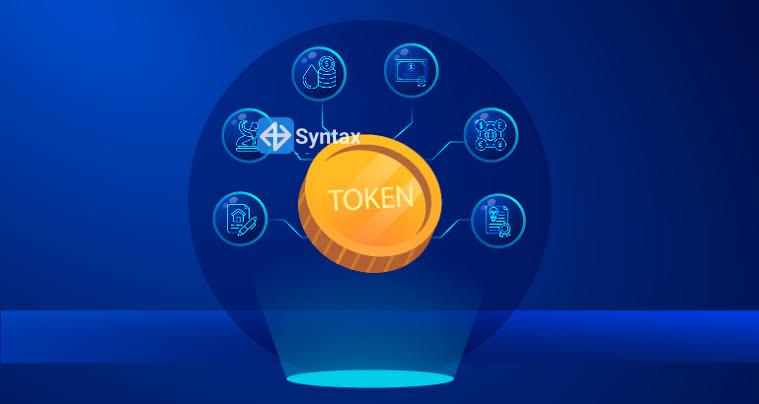In the fast-paced world of cryptocurrency, security breaches and fraudulent schemes are unfortunately common. One such deceptive tactic is Flash BTC, a scam that tricks exchanges or individuals into believing they’ve received legitimate Bitcoin transactions, only for the coins to vanish later due to network rejection or double-spending methods. Over the years, even some well-established exchanges have fallen prey to this scam. Below are five notable instances where exchanges became victims of Flash BTC fraud.
1. Smaller Regional Exchange Incident (2018)
A lesser-known crypto exchange in Southeast Asia lost thousands of dollars when a scammer deposited Flash BTC to their platform. The exchange instantly credited the scammer’s account before confirming the transaction, allowing them to quickly trade the fake BTC for altcoins and withdraw them before the fraud was detected.
2. Peer-to-Peer Marketplace Breach (2019)
A P2P crypto platform in Africa suffered significant losses when malicious users exploited the delayed transaction verification system. By sending Flash BTC, they managed to withdraw stablecoins and cash before the network invalidated the transactions.
3. New Exchange Launch Disaster (2020)
A newly launched exchange in Eastern Europe faced a massive setback after attackers used Flash BTC to drain liquidity. Since the platform prioritized speed over transaction security, they approved deposits without the necessary blockchain confirmations. This resulted in an immediate liquidity crisis.
4. OTC Desk Exploit (2021)
Even over-the-counter (OTC) desks aren’t immune. A major OTC provider in the Middle East unknowingly accepted Flash BTC during a high-volume trade. The scammer walked away with a large sum of USDT, and the desk’s credibility took a serious hit.
5. High-Volume Exchange Attack (2022)
In a surprising case, a mid-tier exchange in South America was hit by a coordinated Flash BTC attack involving multiple accounts. By splitting transactions into smaller deposits, the scammers bypassed the exchange’s basic fraud filters and managed to siphon off crypto worth over $200,000.
Why This Keeps Happening
Flash BTC scams thrive because of poor transaction verification protocols. Exchanges that fail to wait for the required blockchain confirmations are especially vulnerable. Fraudsters exploit the “trust gap” between transaction broadcast and confirmation, leading to substantial financial damage.
How Exchanges Can Protect Themselves
- Require multiple confirmations before crediting deposits
- Implement real-time blockchain monitoring tools
- Educate staff on common crypto scam techniques
- Limit withdrawals from newly credited accounts until verification is complete












